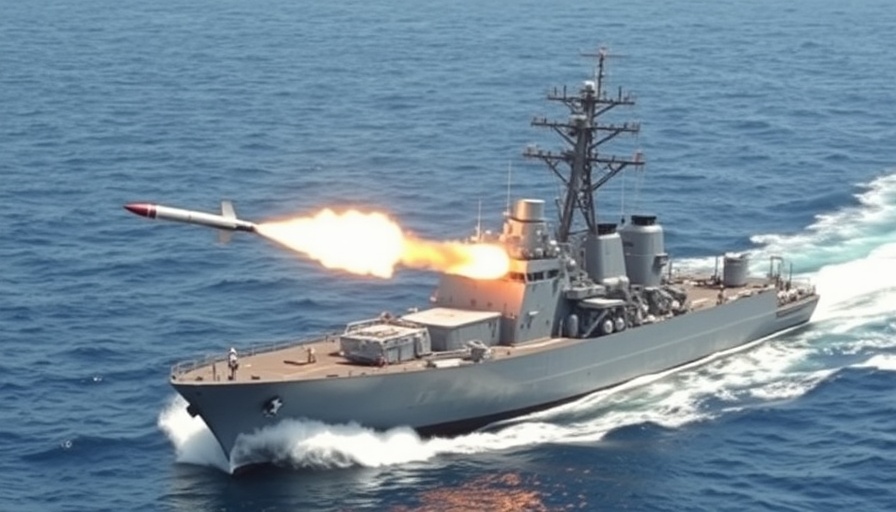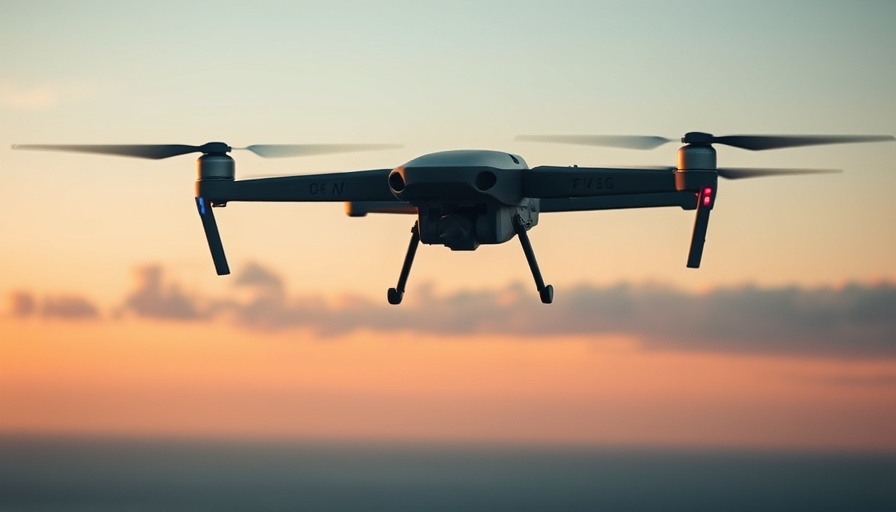
Charting New Waters: The Future of Unmanned Naval Vessels
The U.S. Navy has set ambitious goals to revolutionize its fleet with a comprehensive family of unmanned ships. This initiative represents not just a shift in naval strategy but also a transformation in how maritime operations might be conducted in the coming decades. Unmanned vessels, equipped with cutting-edge technology, promise to enhance operational efficiency, reduce costs, and ensure a stronger national defense.
Why Unmanned Ships Matter
As global naval competition intensifies, the importance of technological innovation in military strategy cannot be overstated. Unmanned ships offer several advantages over manned vessels, particularly in terms of safety and endurance. These ships can operate in hazardous environments without putting sailors at risk. They are also capable of undertaking long missions, collecting data, and conducting surveillance without the fatigue and limitations of human crews.
Technological Innovations Driving Change
Recent advancements in robotics, artificial intelligence, and automation have paved the way for the U.S. Navy's transition to unmanned vessels. For instance, autonomous navigation systems allow these ships to traverse complex maritime terrains without human intervention. The increasing reliability of drone reconnaissance is another facilitating factor; these vessels can gather real-time intelligence, providing insights that enhance situational awareness in potential conflict zones.
Embracing a Broader Strategy
The Navy's plan extends beyond simply introducing unmanned vessels. It indicates a broader strategy to embrace a multi-domain approach that integrates air, sea, and cyber capabilities. This holistic view reflects the unpredictable nature of modern warfare, where conflicts can emerge from unexpected fronts, necessitating a coherent and flexible naval response.
Challenges and Counterarguments
Despite their many advantages, unmanned ships face significant challenges. Concerns about cybersecurity vulnerabilities are paramount, as these vessels could potentially be hijacked or hacked, compromising sensitive missions. Additionally, there are debates around the effectiveness of unmanned systems in combat scenarios, particularly regarding decision-making capabilities in rapidly changing environments. Critics argue that no matter how advanced the technology becomes, human judgment remains irreplaceable in high-stakes situations.
Looking Ahead: The Role of Unmanned Ships in Maritime Security
The introduction of an entire fleet of unmanned vessels represents a pivotal moment in maritime security. As geopolitical tensions rise and maritime threats evolve, the U.S. Navy's shift towards unmanned ships could redefine the landscape of naval warfare. By effectively integrating these technologies, the Navy can ensure its operational readiness and adaptability in the face of future challenges.
Practical Steps Forward
The Navy’s initiative is not just a futuristic vision; it is a call to action for policymakers, engineers, and defense contractors to collaborate in refining and deploying these technologies. As this fleet develops, ongoing investment in research and development will be crucial to mitigate risks and address potential challenges. Moreover, enhancing training programs for personnel to work alongside these unmanned systems will help bridge the gap between human operators and technological advancements.
Conclusion: Why We Should Care
The U.S. Navy's commitment to a fleet-wide family of unmanned ships presents not only a military evolution but also a reflection of the significant transformations taking place in the realms of technology and global security. As the landscape of warfare changes, it’s essential for citizens to understand these developments, as they could impact national defense and security for generations to come. Engaging in discussions about these innovations can lead to informed public policy that prioritizes both national security and ethical implications.
 Add Row
Add Row  Add
Add 




Write A Comment